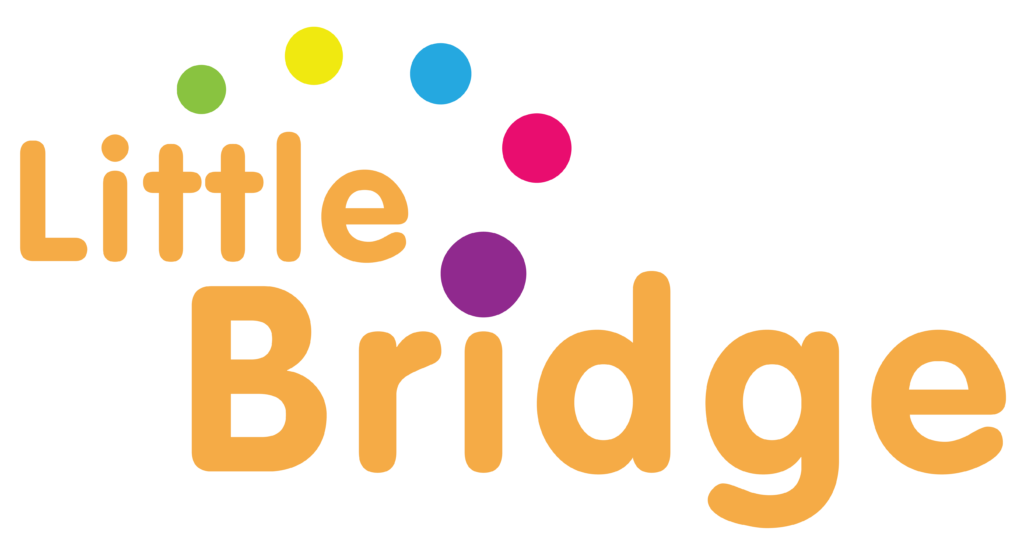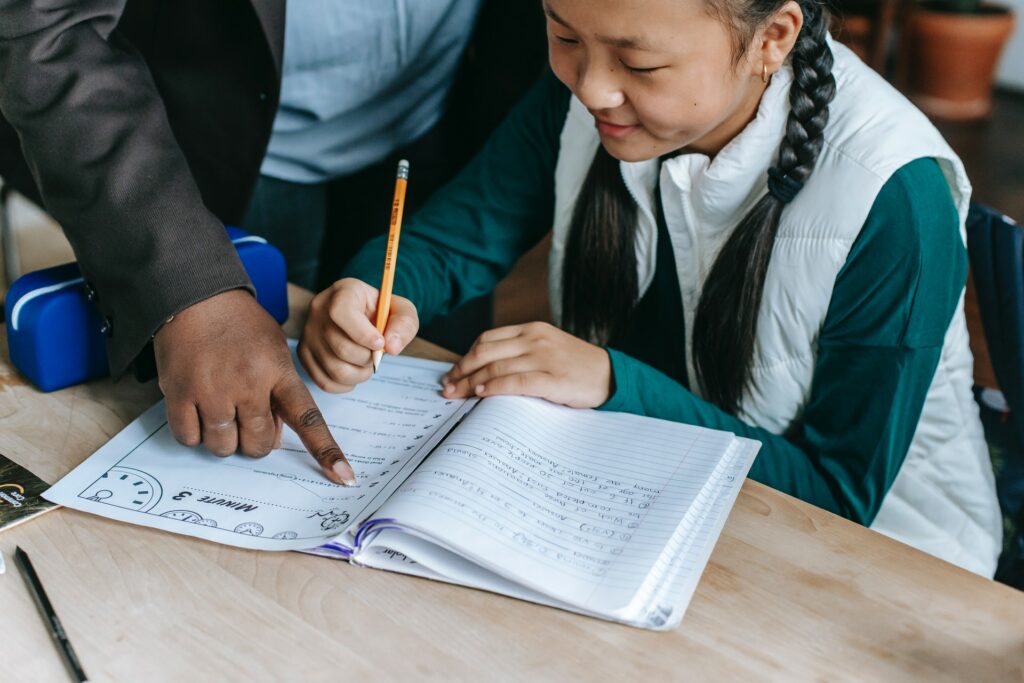Paul Rogers, author of Little Bridge, explains the importance of gamified English learning for kids.
Gamified English learning for kids; First things first.
Let’s begin with the obvious: the key to effective learning is to be fully engaged. This means to be absorbed in, fully focused on, what you are doing.
The same thing applies to reading a book or watching a film. But when you are learning, it is even more important because the activity is not just receptive but is making all kinds of demands on your memory and your understanding. If your mind is wandering, if you’re bored, if you lose interest, the learning will not be effective and – just as important – will not make you want to do more.
Yet it’s difficult to ‘fully engage’ a large group of students, when they all have different personalities, different competencies, different learning styles. This too is obvious. “When, according to our common practice, a teacher undertakes to school several minds of very different structure and capacity with the same lessons and the same measure of guidance, it is no wonder that, among a whole multitude of children, he scarcely finds two or three who derive any proper profit from their teaching.” The French writer Montaigne wrote these words over 430 years ago! What have we learned since?
Flip it
The reality is that teachers do have lots of students together in the same class. How can we make the most of this, how can we get students as ‘fully engaged’ as possible whilst avoiding the dangers Montaigne was talking about? We might start by identifying which types of activity most offend against a ‘one size fits all’ approach. Which activities most risk being too easy for some whilst too difficult for others, frustrating some while others get bored?
The presentation phase of a new unit of language learning is often the one where students are the most passive. We employ – quite legitimately – all kinds of techniques and devices (flashcard games, for example) to overcome or disguise the fact that the content of what we are asking students to engage with is so banal, such as memorising the words for furniture or food. It is also clear that some students will learn things much faster than others.
For all these reasons, how logical it is to allow students to work through this ‘input’ phase in their own time, at their own pace. In that way they will all have a better chance of getting to grips with it. This is the essence of flipped learning. Of course, the ‘input’ doesn’t have to be a mere batch of vocabulary or phrases. Beyond the early steps in a language, it can be a dialogue, a text, a song, a puzzle – any number of things. And however simple or sophisticated it is, some routine and challenge needs to be provided alongside it to help students know whether they have assimilated it or not. The more demanding or complex it is, the more support the individual will need. But this too can be built into the input provided.
Hold on! Who’s going to produce all this?
Many teachers’ understandable concern about the implications of flipped learning is how they are going to provide all this ‘input’. Today, in a world of shorter concentration spans and high expectations of everything digital, students need a constant variety of activity types, humour, rewards and surprises to maintain their interest. Songs, poems or stories cannot be allowed to be second best just because they are there to help you learn English. But the same revolution that has raised expectations has also generated a wealth of content. Teachers don’t need to create this content, they just need to know where to find it.
So how can you ‘fully engage’ students?
Gamified learning is one means towards achieving this. But a good digital resource needs to do much more than simply persuade the student that they are playing. And it is a mistake to believe that students will only enjoy learning if it is presented as a game. Learning itself can be a pleasure when you’re succeeding at it. The power of gamified learning is the way it can drive a student forwards.
Immediate feedback – not at the end of the lesson, or in the next lesson or next week, by which time any normal student has lost interest – is probably the most powerful motivator.
Learning from mistakes
Undoubtedly one of the most important cognitive processes is learning from your mistakes and (let’s face it) one of the predominant feelings in learning a language is that there are so many things to get wrong!
So one of the challenges is how to motivate students to do something they would never normally do with a worksheet – to choose to do an activity again, in order to try and improve their performance. Correcting your own mistakes is infinitely more valuable than having them retrospectively pointed out to you. Randomisation can ensure that a ‘repeated’ activity never feels the same. And the best part of all is that you can make all your mistakes in private!
Providing a context for language learning
Another crucial contribution of digital content is its ability to set every sentence, every dialogue in a visual context – in other words, to make it more like real life. Through graphics and especially through video or animations, it can provide the visual and auditory clues to support our understanding of the words themselves.
For the teacher, of course, real time feedback is also critical. It allows for personalised intervention and releases the time previously needed for marking for more productive purposes and is of inestimable value.
What kind of language?
But all these elements or strategies cannot in themselves ensure that the material is engaging. We should ask the question: is the content merely a means to an end (i.e. learning English) or is it something students are interested in for its own sake? This is the motivation behind CLIL. No one, the argument goes, is going to be interested in hearing about someone’s favourite colour or asking the way to the station for the fifteenth time. Yet if they cannot do this kind of thing with absolute confidence, what use being able to name the parts of a plant in English?
The mundane, everyday topics, the language of ordinary life, is what any student first needs to master. We don’t get bored talking about these things in our own everyday lives, with our own friends (consider the success of social media). But that is precisely because it is a part of our lives. Hearing a stranger saying what they want in their sandwich is not interesting. It’s different when it’s your friend.
So what happens in the classroom?
Flipped learning entails students getting to grips with material, to the best of their ability, on their own, before coming into the classroom. This allows the class time to be repurposed, to be used more effectively to offer support, to guide personalised learning, to promote reasoning, problem solving, the expression of opinions, to set up collaborative tasks or games, and – yes – to do all the hundreds of things that good teachers do anyway.
Gamified English learning for kids
These are amongst the considerations that have been behind the development of Little Bridge. Gamification, contextualisation of all language in a familiar world where you know and are interested in the characters, a high standard of 3D graphics and animations, multiple systems of rewards – all these have been built into a structured resource that is ideal for flipped learning and is integrated with print products to offer a blended solution for those who want it.
DigiPals too (the fully moderated, global, online community in Little Bridge), can be used not just to encourage real communication between learners. Ask them at home to make contact with someone in another part of the world, on the latest topic they have learned to talk about; they can then each report back about this in class. Real conversations with and about real people!
Gamified English learning for kids, Summary
Together, new ideas and technology can transform learning, and in doing so offer new solutions to long recognised problems. As Montaigne wrote of the teacher and student in the 16th century: “Sometimes he should prepare the way for him, sometimes let him do so for himself. I would not have him start everything and do all the talking.“
Written by Paul Rogers, author of Little Bridge
If you enjoyed reading ‘Gamified English learning for kids’?, you can read more blogs by Paul Rogers here.
Help your child learn English using Little Bridge! You can get started for free, find out more here.


